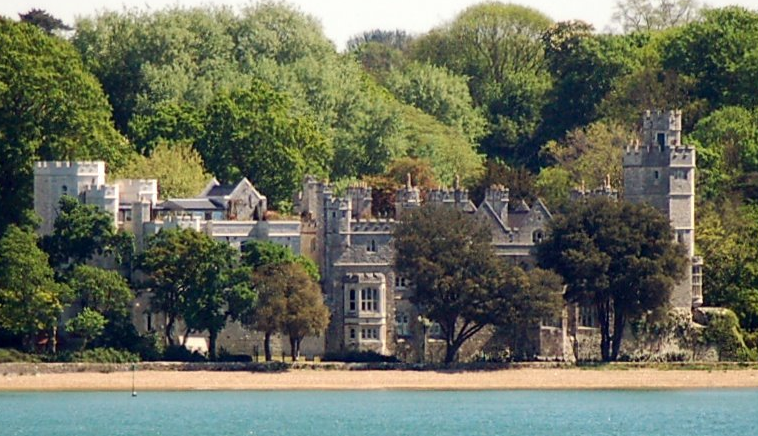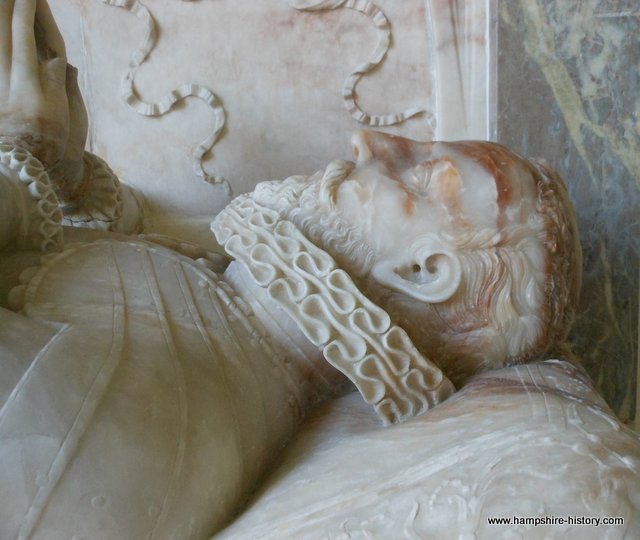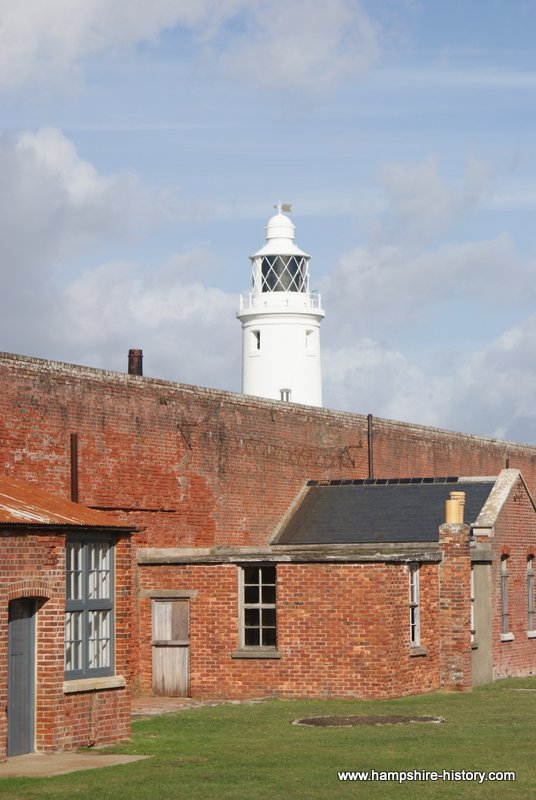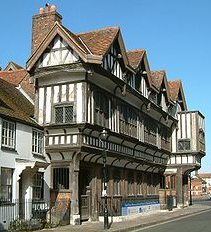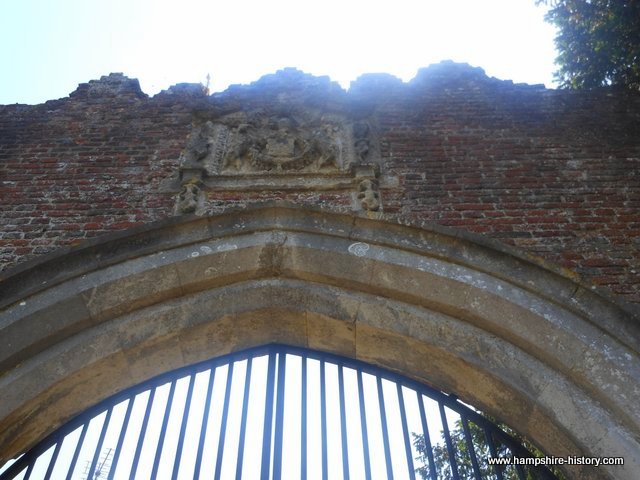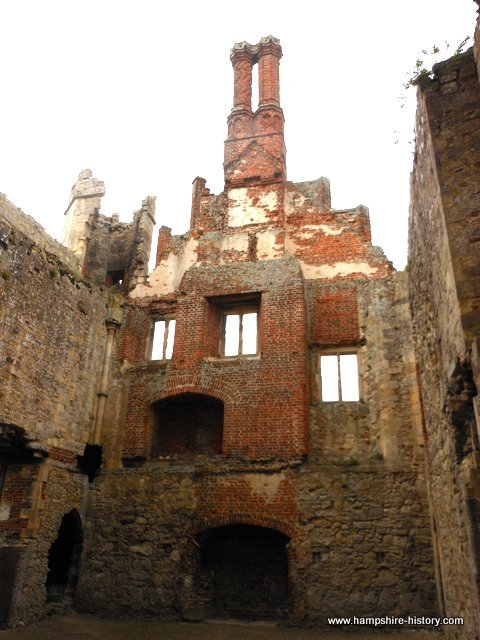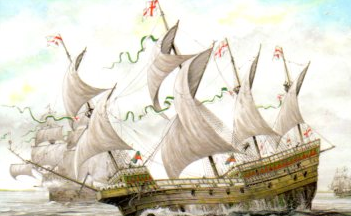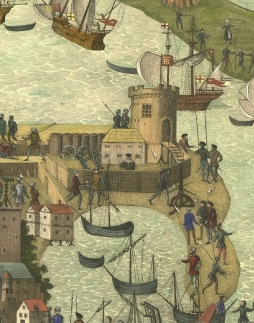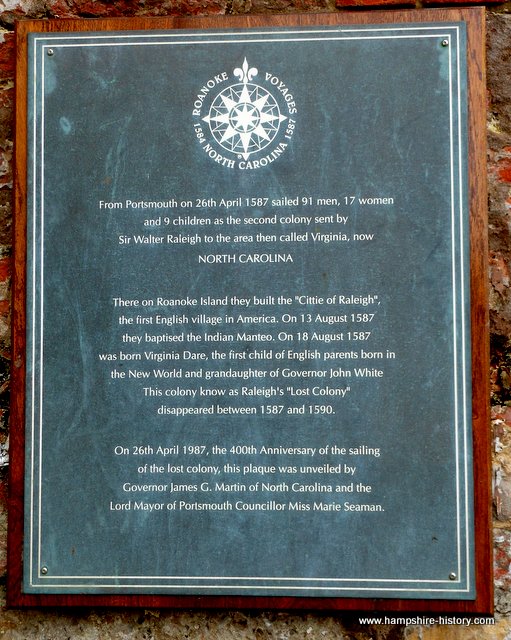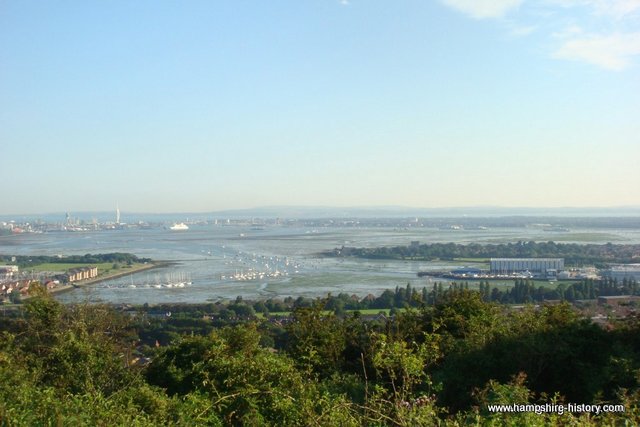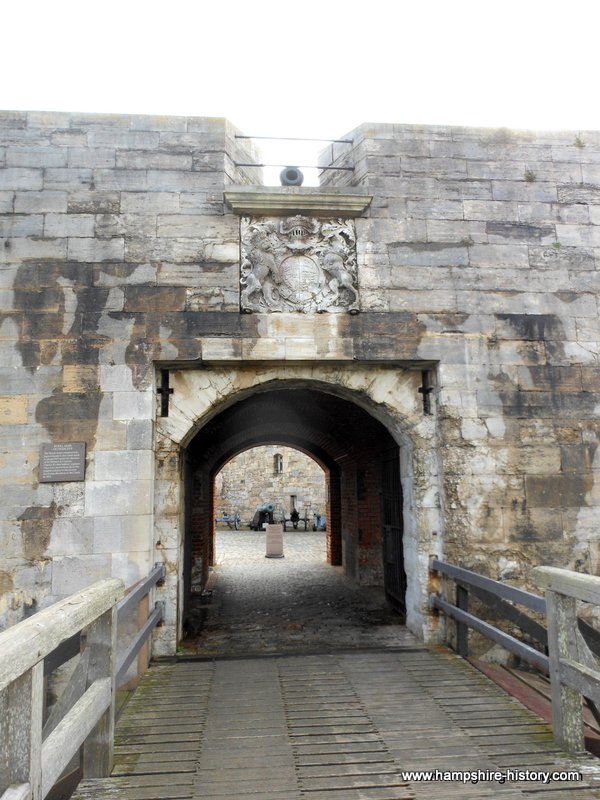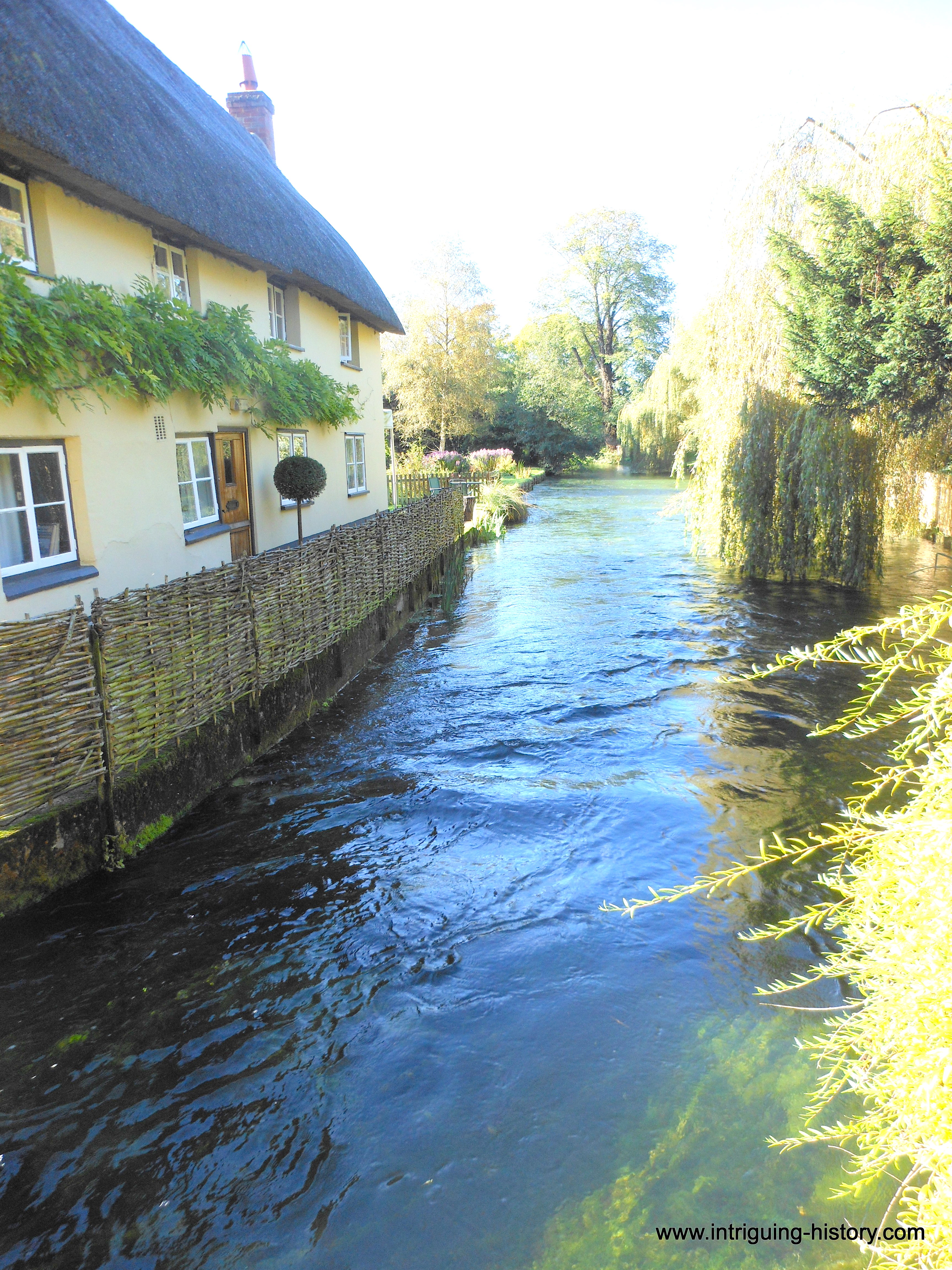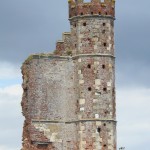Tudor 1485 – 1603 Period
Netley Castle
Netley Castle faces out across Southampton Water, its back turned on nearby Netley Abbey and looking out for signs of a possible French invasion Netley Castle started life as the gatehouse to the Cistercian Netley Abbey. The early grounds of the abbey spilled outside of its present day boundaries and road, down to the shore…
Read MoreUpper Wield Church
The church of St James in Upper Wield Hampshire is one of those simple C12th churches whose very simplicity give a sense of its ancient past and a present day serenity. See the monument to a member of one of Hampshire’s important families, the Wallops.
Read MoreHurst Castle
A Bracing walk along Hurst Spit is rewarded with the chance to explore one of King Henry VIII’s strategically built castles, Hurst Castle Hurst Castle was built in the perfect location from which to defend the western approach to the Solent. The castle was just one of a chain of castles built to defend the…
Read MoreThe Tudor House Southampton
The Tudor House Southampton The Tudor House is one of the oldest and most spendid, buildings in Southampton built in approximately 1495 when King Henry VII was on the thrown and was commissioning the world’s first dry dock in nearby Portsmouth. The site originally belonged to John Whytegod, a wealthy merchant and property owner, who,…
Read MoreBasing House Before the Civil War
Basing House is a marvelous ruin, filled with five hundred years of history and intrigue, its history prior to the English Civil War is as fascinating as what followed.
Read MoreTitchfield Medieval Abbey
Place House in Titchfield is the site of a former Medieval Abbey, whose doors have been open to welcome many of England’s monarchs. This once important Medieval Abbey, fell at the Reformation and once given to the influential Earl of Southampton Sir Thomas Wriothesley
Read MoreBuilding the Mary Rose
The Mary Rose was built in the great dock in Portsmouth that King Henry VII had constructed. She was King Henry VIII’s flagship until that fateful day in July 1545 when she heeled over and sank quickly in sight of her King
Read MoreCowdray Engravings of Portsmouth
The Cowdray Engravings reveal great detail of King Henry VIII’s French campaign and the sinking of the Mary Rose but it is the work done by a team from the Geography department of the University of Portsmouth that has revealed even more
Read MoreHampshire Churches and Their Treasures No 11 Soberton
A puzzling carving on a Hampshire church in Soberton gave rise to an intriguing story, another Hampshire church treasure
Read MoreBishop Walter Curle of Winchester
Bishop Curle of Winchester fled Cromwell’s army in a cart of horse manure, leaving his Bishop’s palace at Bishops Waltham heading for the small village of Soberton in Hampshire, where he is buried in the church of St Peter there.
Read MoreThe Roanoke Voyages and Portsmouth 1587
In 1587 a ship left the Portsmouth bound for the New World. They would be the amongst the first colonists of Roanoke Island, the ‘lost colony’.
Read MoreThe Port of Portsmouth Hampshire
Why did Portsmouth become the home of England’s Royal Navy, it had an inauspicious start as a swampy disease ridden island but it grew into an important first line defence against French invasions
Read MoreHampshire Church Treasures: 4 St Thomas a Becket
The church of St Thomas a Becket Warblington Hampshire, has a small plaque dedicated to the memory of Raffe Smalpage, chaplain to Thomas Wriothesley, a real Hampshire Church Treasure
Read MoreSouthsea Castle and The Battle of the Solent
Southsea Castle owes its existence to the French and King Henry VIII, as he set about building a series of fortifications to defend the southern coasts
Read MoreHampshire Church Treasures 2: St Mary’s Amport
Hampshire churches contain many extraordinary objects and artefacts. This is number two in a series of Hampshire Church Treasures, to share these intriguing objects
Read MoreWherwell Abbey
The quintessentially English village of Wherwell has played an important part in the history of the county of Hampshire, hidden beneath its meadows is the Abbey of Wherwell, established in the C10th century as a form of penance by Queen Elfrida
Read MoreHampshire’s Greatest Nobleman? Thomas Wriothesley
Sir Thomas Wriothesley, 1st Earl of Southampton (Hampshire) , was quite possibly one of Hampshire’s most noble and influential lords. He amassed a fortune in lands and property in the county. His family would thrive upon his fortunes. Whilst his name and title has disappeared how is is his life connected to the county of Hampshire.
Read MoreWarblington Castle
Although little is left of Warblington Castle, on the southern coast of Hampshire, it was home to several notable families whose role in the history of England, was of extreme importance.
Read MoreHampshire Old Map Southamtoniae 1575
Map of Southamtonaie (Southampton) the old spelling and what was the original basis of the County Area, which was enlarged to Hampshire as we know it today over time.
Read More
